What tiles to choose for the kitchen
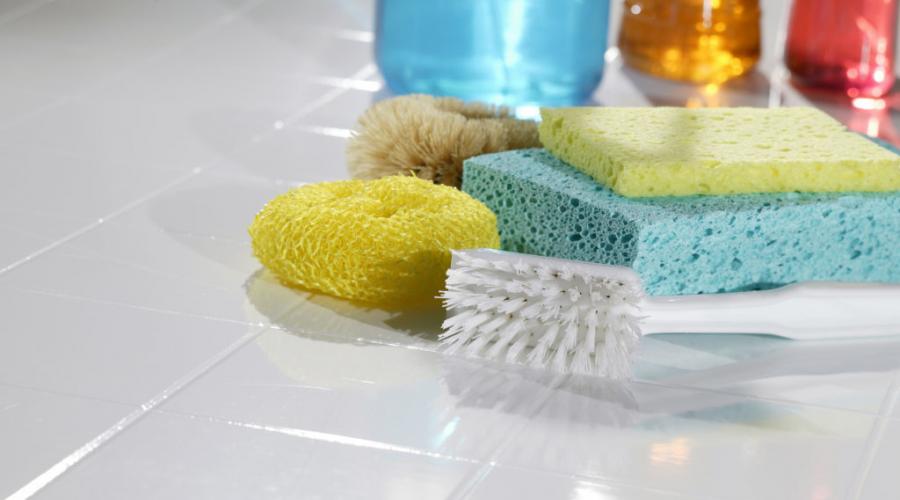
Ceramic tile as a facing material for the kitchen is an absolutely logical choice. Such a surface perfectly withstands different temperatures, humidity, and is resistant to household chemicals. In hardware stores, a chic assortment of tiles is presented, but not everyone is suitable for the kitchen. Before buying, arm yourself with our instructions to choose a really worthwhile option.
For the kitchen, a large load on the surface and frequent cleanings are natural. Therefore, here the materials must be of particularly high quality. According to the international PEI classification, tiles vary in strength. For kitchen walls, level III is required, and for the floor - IV-V, that is, the maximum levels. If the manufacturer indicates the strength of the product according to the GOST scale, be guided by a class not lower than the fifth. How hard ceramic is and how it resists scratches, the MOOCA scale will tell. Quality here is determined in ascending order, using marks 1-10. The kitchen requires level 5 and above. Also pay attention to the indicator of resistance to chemicals. The values "A" and "AA" indicate a high tolerance of alkalis and acids. Stain resistance is identified by numbers 1-3: fewer stains are formed on tiles with designations 1 or 2.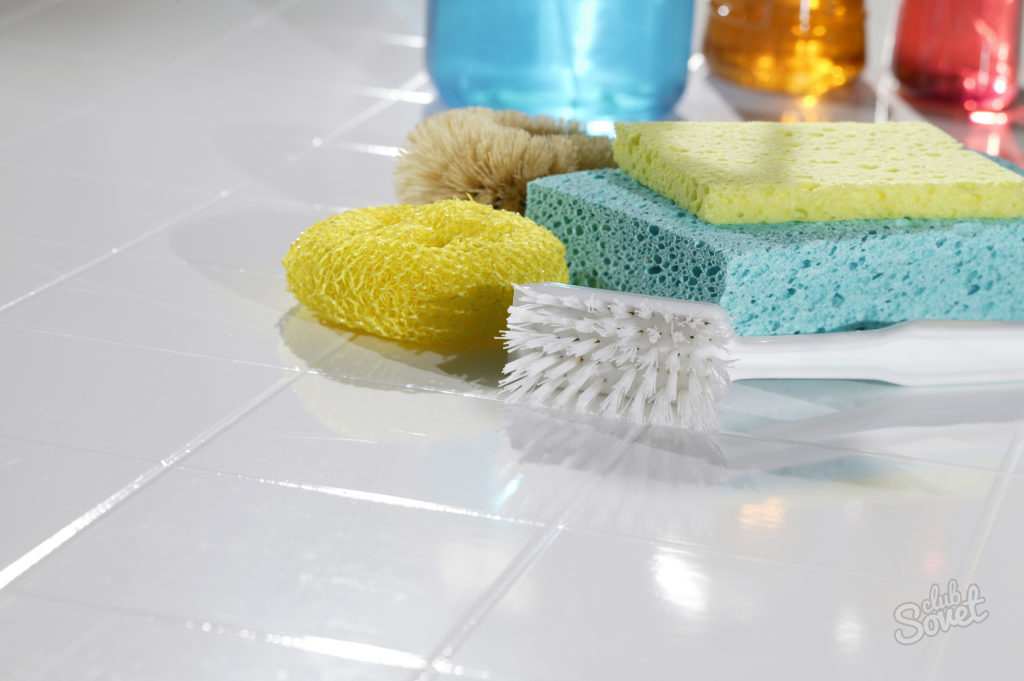
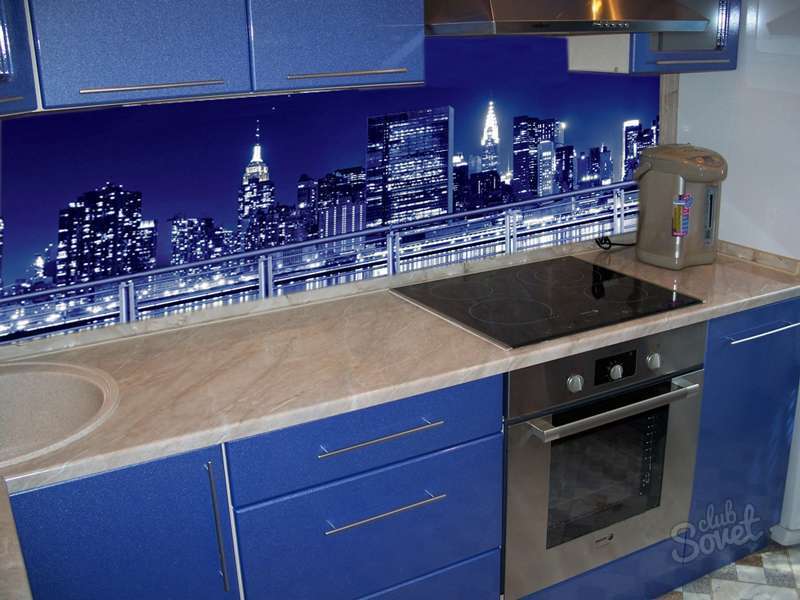
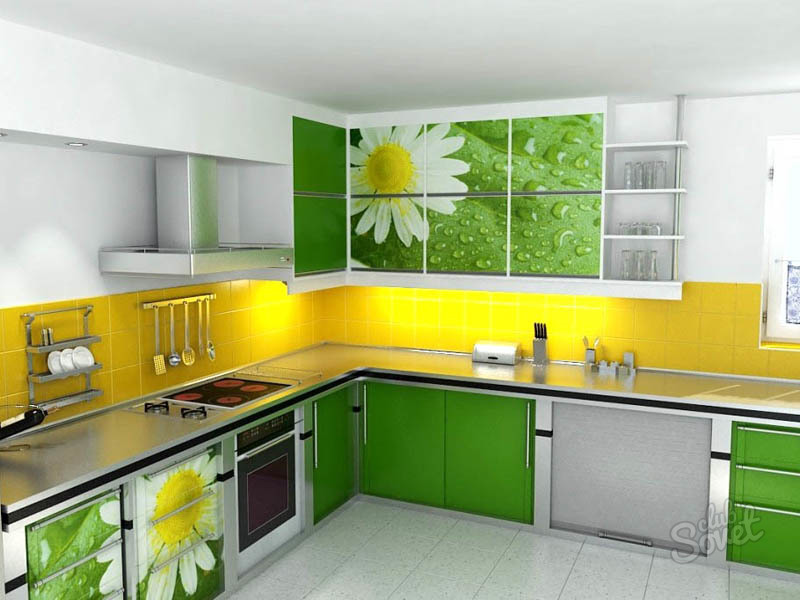
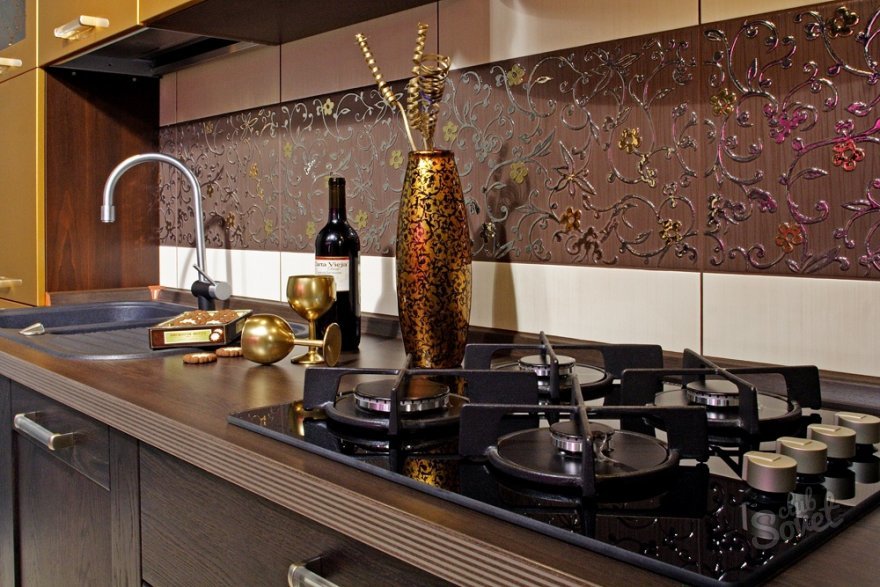
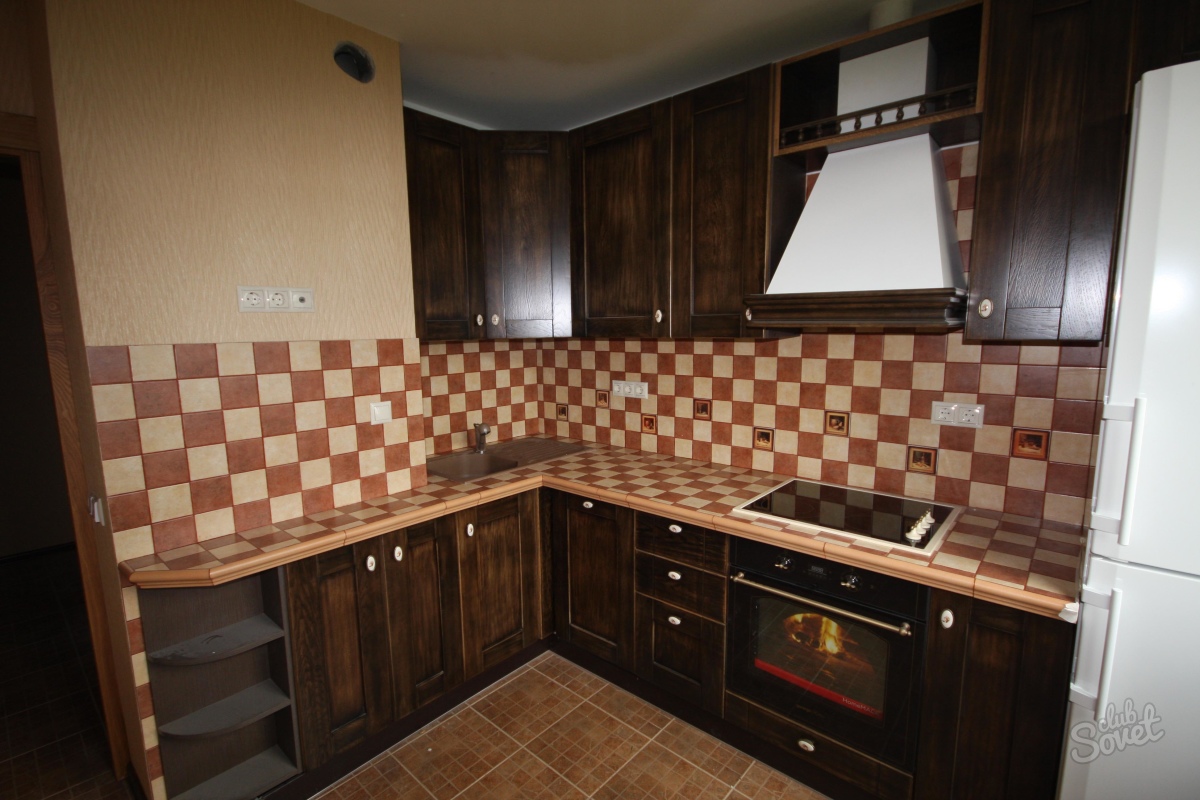
- maximum wear resistance;
- matte surface instead of gloss;
- slightly ribbed texture, designed to ensure the safety of the finishing material;
- granular or variegated colors that hide small impurities.
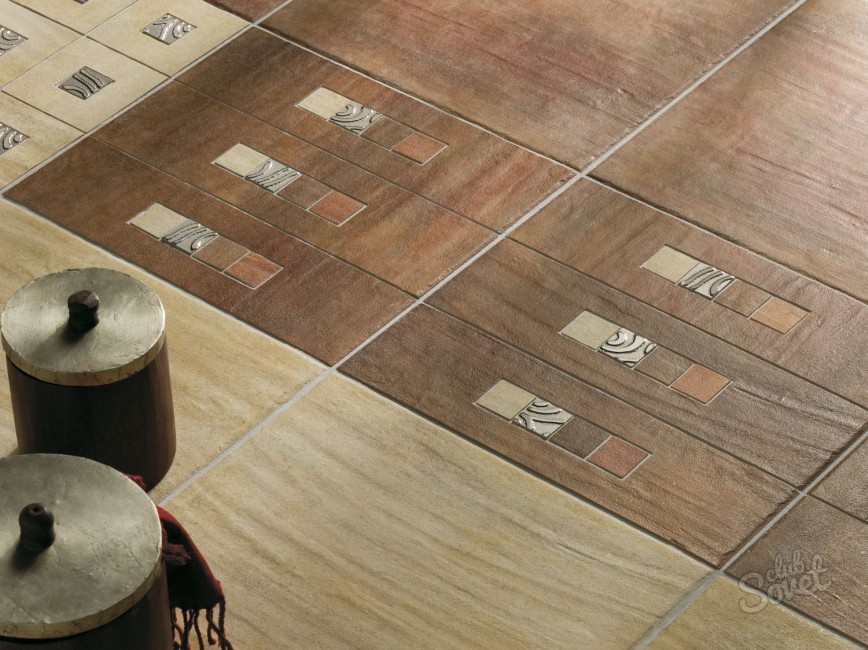
In general, kitchen tiles should meet the basic needs of a cook: they should not cause trouble in maintenance and be sufficiently resistant to all sorts of impacts and damage. These properties will be present in samples with minimal porosity, with a dense and uniform enamel coating.